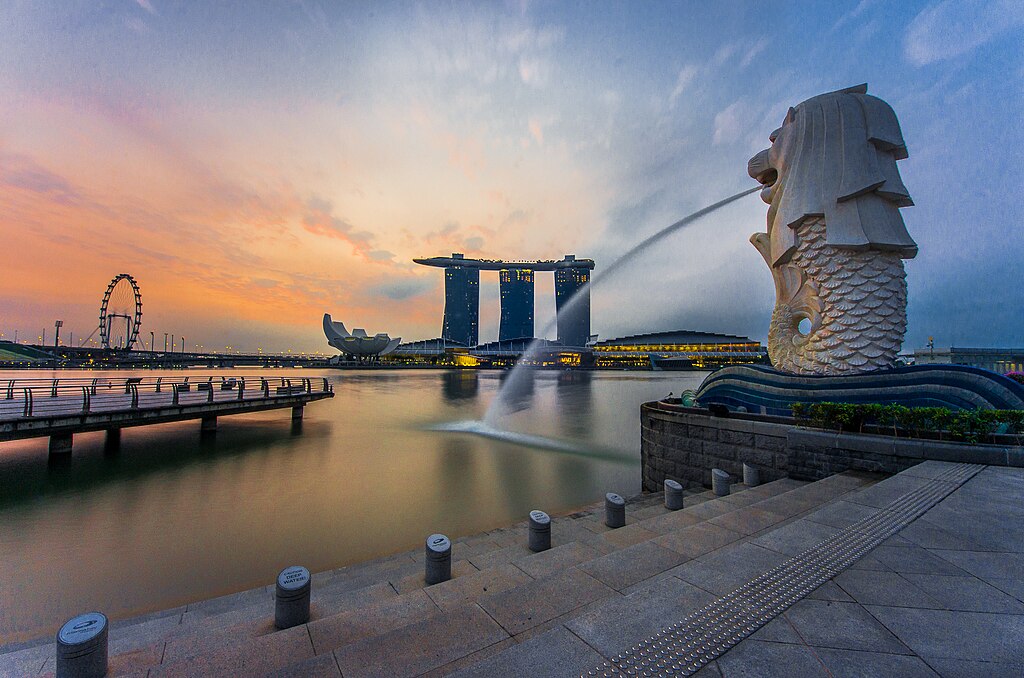
The songkok or peci or kopiah is a cap widely worn in Indonesia, Brunei, Malaysia, Singapore, the southern Philippines and southern Thailand, mostly among Muslim males. It has the shape of a truncated cone,
usually made of black or embroidered felt, cotton or velvet. It is also worn by males in formal situations such as
wedding feasts, funerals or festive occasions such as the Muslim Eid
ul-Fitr and Eid
al-Adha. Songkok came to be associated with Islam in Brunei, Malaysia, Singapore, Thailand and
the Philippines, while in Indonesia the peci can also be associated with the
nationalist secular movement.

Batik (Javanese pronunciation: [ˈbateʔ]; Indonesian: [ˈbatɪk]) is a technique of wax-resist dyeing applied to whole cloth, or cloth made using
this technique. Batik is made either by drawing dots and lines of the resist
with a spouted tool called a canting (Javanese pronunciation: [ʈ͡ʂantiŋ], also spelled
tjanting), or by printing the resist with a copper stamp called a cap (Javanese pronunciation: [ʈ͡ʂap], also spelled
tjap). The applied wax resists dyes and therefore allows the artisan to colour
selectively by soaking the cloth in one colour, removing the wax with boiling
water, and repeating if multiple colours are desired.

Wau bulan (Jawi: واو بولن) is an intricately
designed Malaysian moon-kite (normally with floral motifs) that is
traditionally flown by men in the Malaysian state
of Kelantan. It is one of Malaysia's national
symbols, some others being the kris and hibiscus. The reverse side of the fifty-cent
coin of Malaysia (1989 series) features an intricately decorated wau bulan with
a hummer on top.[1]The logo of Malaysia Airlines (MAS) is based on the wau kucing (cat
kite). There are many types of wau in Malaysia, each with its own specialty.
Wau kucing (cat kite) and wau merak (peacock kite) are some of the variants.

The Merlion (Malay: Singa-Laut) is a well-known marketing
icon of Singapore depicted
as a mythical creature with a lion's head and the body of a fish. It is widely
used as a mascot and national
personification of
Singapore.
The
Merlion was first used in Singapore as the logo for the tourism board. The
Merlion is similar to the heraldic sea-lion which
occurs in a number of different artistic traditions.
A Bulul is a carved wooden figure used to guard the rice
crop by the Igorot peoples of northern Luzon. The sculptures are highly stylized representations of
ancestors, and are thought to gain power from the presence of the ancestral
spirit. The Ifugao are particularly noted for their skill
in carving bululs










